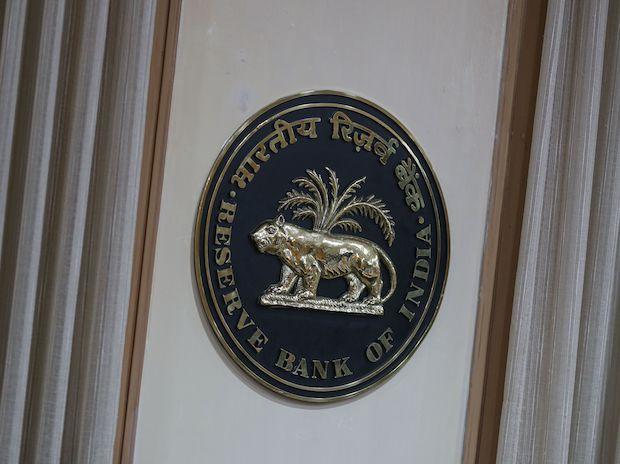After two bad years, the housing finance market overtook pre-Covid-19 (2018-19) levels of disbursement of Rs 2.42 trillion with Rs 2.59 trillion of disbursements in the 2021-22 financial year (FY22).
As of FY22, mortgage penetration stands at 13 per cent of GDP, with expectations that India would double home loans to $600 billion by 2027. In other Asian economies, mortgage to GDP ratios range between 20-30 per cent. Hence, India could see exponential growth.
By November, the banking sector had seen housing finance (HF) loans up 9.5 per cent (in terms of year-to-date). It’s estimated that NBFCs in housing finance had seen disbursements up by around 10 per cent. The largest opportunities are in the affordable home finance segment.
The average ticket size of loans is around Rs 15-16 lakh, which underlines this assessment. There’s focus on home ownership by millennials, owing to work from home ultimately leading to higher demand in tier II and tier III cities.
In the recent past, and the next few quarters, certain trends are visible. Momentum in disbursements continued in second sector (Q2) of FY23 with year-on-year (YoY) as well as month-on-month (MoM) and quarter-on-quarter (QoQ) uptick in disbursements. Growth was seen in affordable housing as well as high-end properties.
Growth in HDFC’s individual loan-book improved to 20 per cent YoY (overall loan book up 16 per cent YoY). Home First Finance registered 8 per cent QoQ and 36 per cent YoY assets under management (AUM) growth, while Aptus saw 7 per cent QoQ and 32 per cent YoY growth, Aavas saw 5 per cent QoQ and 24 per cent YoY growth and Repco registered 1.7 per cent QoQ growth.
The interest rate regime has switched from flat with high liquidity and low real rates to rising, with tight liquidity and higher rates. This means higher cost of finance for housing finance companies (HFCs). Most HFCs prefer floating rate offers but then it’s a question of how fast HFCs adjust lending rates without impacting volume or causing distress to existing customers. LIC Housing Finance (LICHF) is also trying to shift fixed rate customers to floating rate, which has resulted in NIM (net interest margin) fluctuations.
Maintaining NIMs in this situation is a delicate balance. HFCs have raised rates in Q2FY23 and in Q3FY23 as well. However, the quantum of rise is not the same as repo rate hikes.
Aavas has increased its PLR (prime lending rate) by 75 basis points (bps) in the first half of FY23 and hiked it by 50 bps in October. Aptus has not hiked its lending rates yet (Nov 2022). HDFC has increased benchmark lending rates by 50 bps in Oct 22, after hikes in H1FY23. Home First has raised PLR by 25 bps in Q2FY23. LICHF has raised PLR by 115 bps from Oct’22 over and above 60 bps hike in Jul’22. Repco hiked its lending rates by 35 bps in Q2FY23.
Most HFCs across affordable and high-end segments have been able to moderate credit costs, which implies lower delinquencies. Stage-3 assets improved QoQ for HDFC, LICHF, Home First, Aptus and PNB Housing while it was broadly stable QoQ for Repco and Aavas.
Provisions as a percentage of AUM (QoQ) are mixed. For Q2FY23, PNB Housing had the highest credit cost at 224 bps, followed by LICHF at 131 bps, Aptus at 95bps, Repco at 63bps, Home First at 49bps, HDFC at 42bps and Aavas at only 5bps.
Overall, expected credit losses (ECL) provisions (as percentage of outstanding loans) fell for HDFC (individual) to 0.70 per cent, Aavas to 0.64 per cent, Home First to 0.9 per cent, while it rose for PNB Housing at 3.74 per cent, Repco at 4.28 per cent, LICHF at 2.49 per cent and 1.01 per cent (0.92per cent QoQ) for Aptus.
The biggest valuation gains could come in Repco, Aavas and Home First. HDFC valuations are complicated by the ongoing merger while LICHF valuations will take a while to settle given the shift in portfolio composition.

Note:- (Not all news on the site expresses the point of view of the site, but we transmit this news automatically and translate it through programmatic technology on the site and not from a human editor. The content is auto-generated from a syndicated feed.))




Quality content is the crucial to interest the visitors
to pay a quick visit the web site, that’s what this
web page is providing.
Your point of view caught my eye and was very interesting. Thanks. I have a question for you.